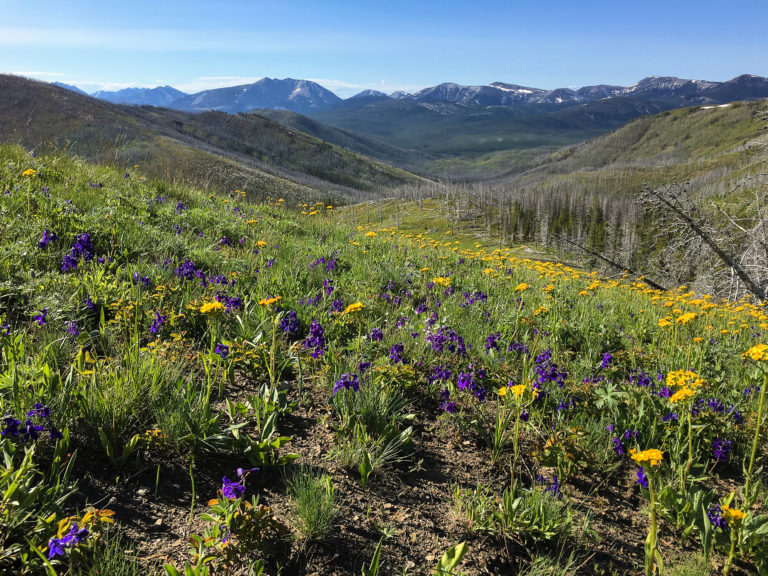Table of Contents
- Introduction
About
Indigenous Futurism Model-Making Competition
Building the Lenape Center
Natural Resources + Government Policy
Mapping + Urbanism + Community
Virtual + Augmented Reality
ISAPD Chapter Kit
The Impact of Government Policy on Indigenous Architectures
By Anjelica Gallegos, M.Arch.1 2021
A tribe’s religion, social order, political affiliation, spatial lifeways, and governance were manifested in the construction, orientation, arrangement, and use of built structures and their agglomerations. This section explores how U.S. policy has altered tribal architectures.
Read about how Indigenous peoples have altered the natural environment here >

Across the United States, tribal architecture served as a tool for sovereignty and reflected Indigenous identities. In Shawnee, Oklahoma, Kickapoo elders shared details about their wickiup structures with affection, treating their shelters as an extension of themselves and a connection with those who came before them, as if to suggest, “By our houses you will know us”.1 A tribe’s religion, social order, political affiliation, spatial lifeways, and governance were manifested in the construction, orientation, arrangement, and use of built structures and their agglomerations. Knowledge regarding fabrication techniques, engineering, and materials was passed down through oral tradition to specific individuals. Intergenerational traditions and, often, initiation knowledge sharing were refined with each passing of knowledge.2 The scientific application of changes to the land and the construction of architecture in Indigenous communities were governed by practices rooted in participatory, community-based research.
Though U.S. Indian policy has since altered the lifeways and architectural practices of Indian tribes and Alaska Native villages, changing also their relationships with the natural environment, Indigenous peoples have remained resilient and kept their ancestral architectural knowledge alive in their own communities. Since the 19th century, U.S. Indian policy has introduced new types of architecture to tribal communities. Methods of assimilation were manifested through 19th century U.S. policy, including the Dawes Act of 1887 that required tribes to divide lands into individual plots and take up agriculture in order to gain citizenship.3 The Dawes Act allowed the government to acquire over 90 million acres of U.S. tribal land to sell. Assimilation programs, aimed at changing lifeways, introduced new types of architecture into tribal reservations and communities, including log cabins, settlement houses, boarding schools, and Indian agency buildings. In the 20th century, economic development and sovereignty efforts introduced U.S. Department of Housing and Urban Development (HUD) houses, tribal headquarters, Indian Health Service clinics and hospitals, community halls, bingo parlors, and smoke shops.4 Indian tribes and Alaska Native villages shaped new values in these introduced architectures, implementing principles, stories, and ideas unique to their own worldview.
Today, several tribes continue to use their traditional structures for social gatherings and ceremonial uses, while contemporary, built tribal projects weave in aspects of their sovereign tribal identities.
As the needs and building requirements change for tribes and villages, imagining, designing, and planning for the future generates possibilities for Indigenous knowledge bases to be preserved, expanded, and transformed into new forms, programs, and architectural capabilities. These imagined scenarios and projects can reflect remnants of a living practice refined and enhanced for the benefit of generations to come.
1. Nabokov, Peter and Robert Easton. Native American architecture. Oxford University Press. New York. 1989.
2. Cajete, Greg. “Native Science: The Indigenous Mind Rising.” University of New England Center for Global Humanities, 24 February 2020, University of New England Center, ME. Keynote Address.
3. The Dawes Act. History & Culture in the Badlands. National Park Service. 10 November 2020.
4. Daniel C. Swan, “Architecture, American Indian,” The Encyclopedia of Oklahoma History and Culture.